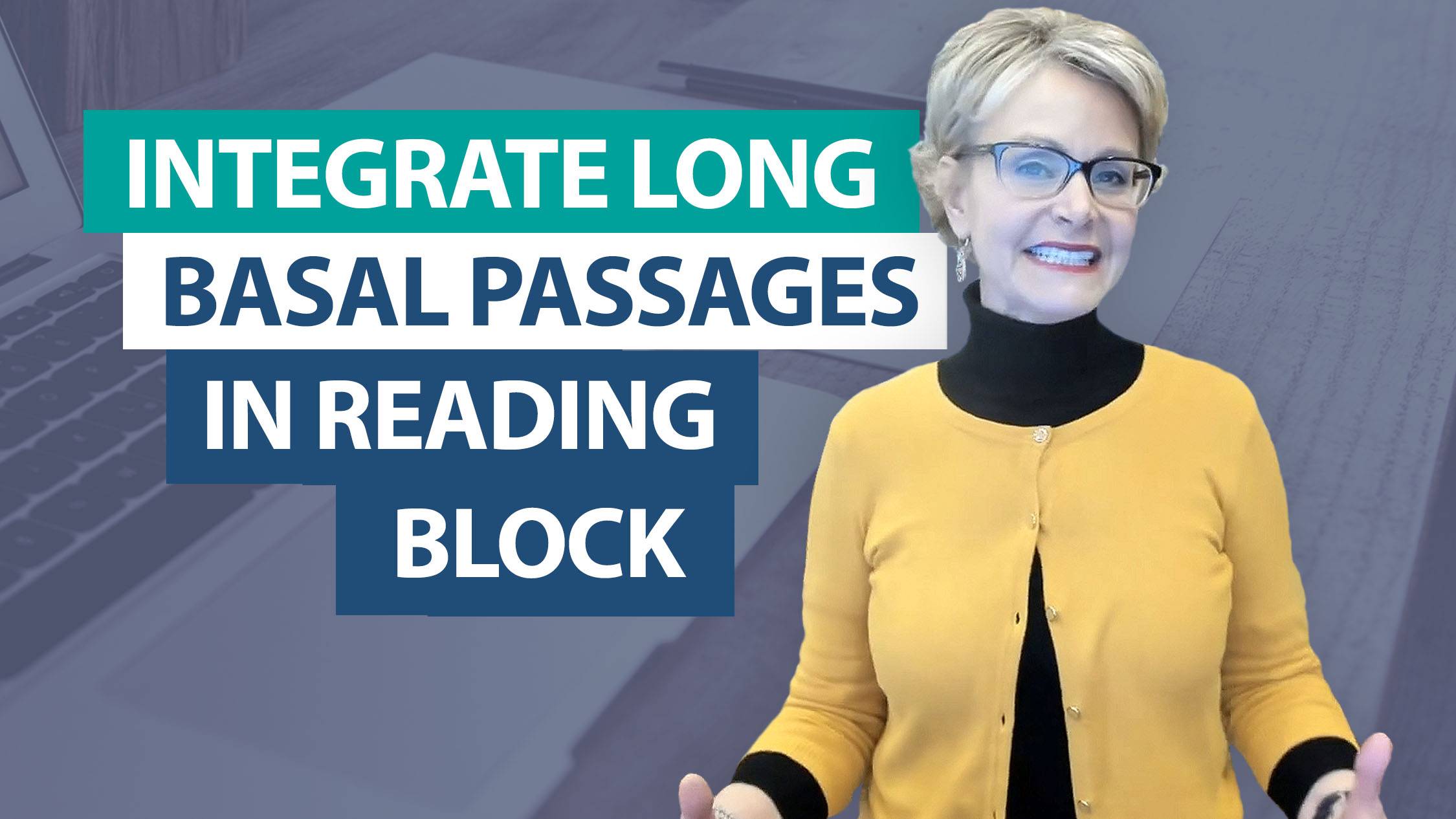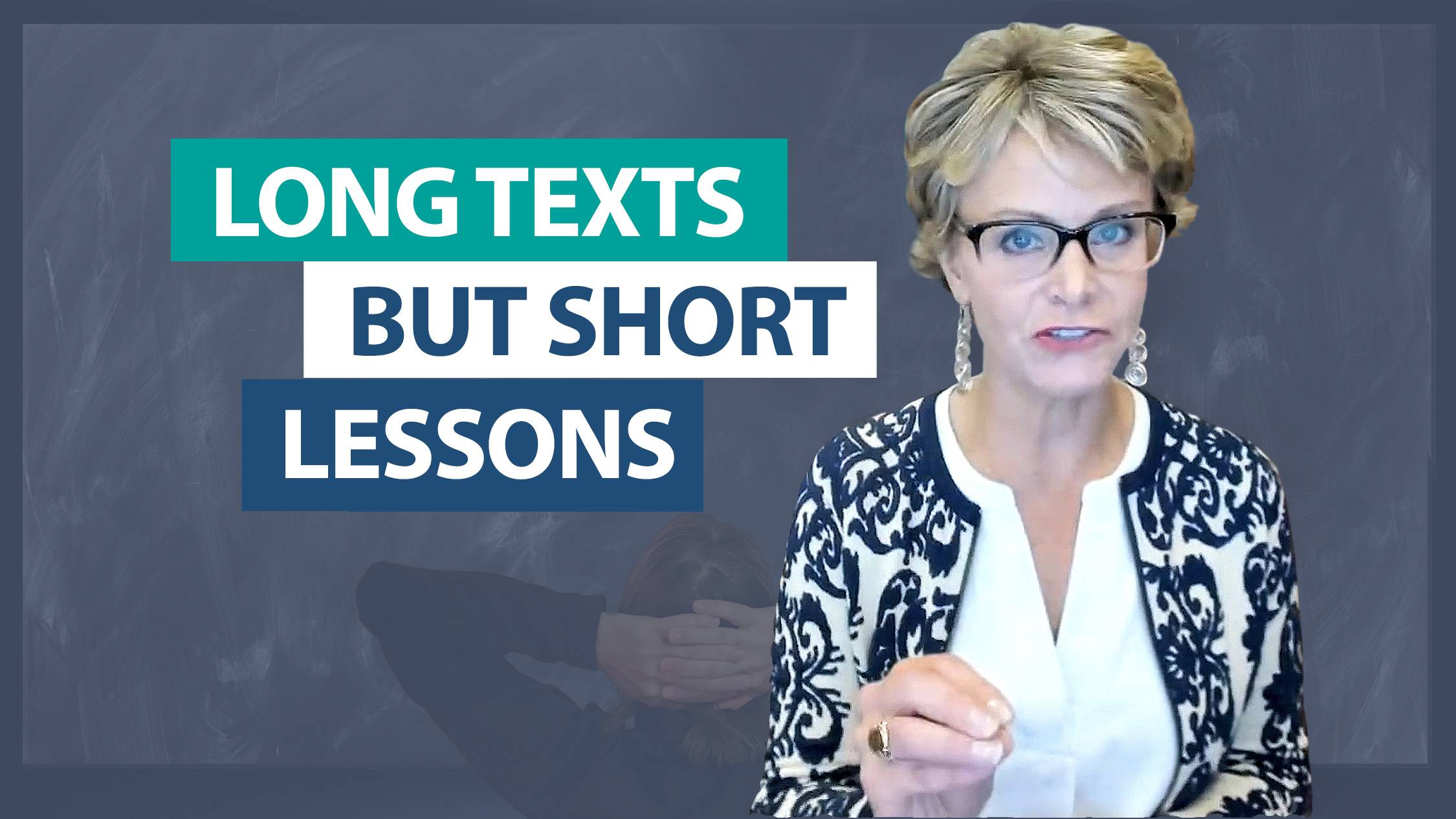Learning Center
reading
Choose a core reading program
March 13, 2013

Whether you are close to choosing a reading series or just starting to review the materials, consider the following tips to guide your decision-making.
TIP #1: Consider smaller publishing companies.
Check your state’s DOE website for a list of Core Reading Programs. DOE sites often list programs, identifying them as either fully approved for adoption, approved with reservations, or not approved for adoption. What many teachers don’t realize is that the smaller publishing companies on that list do not send out a mass mailing of their materials to all schools. However, they will send preview copies if you request them. Consider doing this, as you may find that the lesser-known publishing companies have resources that may better fit the needs of your instruction.
TIP #2: Check for differentiation.
Publishing companies are very in tune to the buzz words in reading—literacy stations, guided reading, differentiation, leveled texts, etc. You will see these labels sprinkled all over the basal pages and the teacher’s resources. However, read through these components carefully. Are there really enough different levels of text provided to truly allow you to meet the wide range of differentiated needs in small-group instruction? Are the literacy station materials hands-on, engaging, and ready-to-go, or will the ideas require lots of teacher time spent preparing materials? Look over the materials carefully to see how they support teaching reading under the guidelines outlined within the Indiana Reading Framework.
TIP #3: Focus on the skills not the stories.
Look for a reading curriculum that emphasizes teaching a strategy over teaching a story for five days. Find a series that targets a reading skill within a main or anchor text but then provides additional shorter passages for students to further practice the same reading skill. Study the related or end-of-week assessment, too. Look for materials that base the assessment on a fresh read to test mastery of the strategy or skill–not an assessment that asks questions about a single story read all week long.
TIP #4: Request sample materials.
You don’t really know a program until you teach it. So, as you/your staff begin to home in on one or two curricula, request materials from the publishing company to teach a grade-level unit. Most companies are willing to provide you with a specific unit of materials to test out its usability.
This is a big decision. Look for the resources that will offer a research-based scope and sequence that focuses on teaching and practicing strategies and skills. Identify the core reading program that will best support you so you don’t have to reinvent the wheel, creating materials and looking for additional texts every week. The key is to take the time to really get to know your options before making a 7-year commitment.





